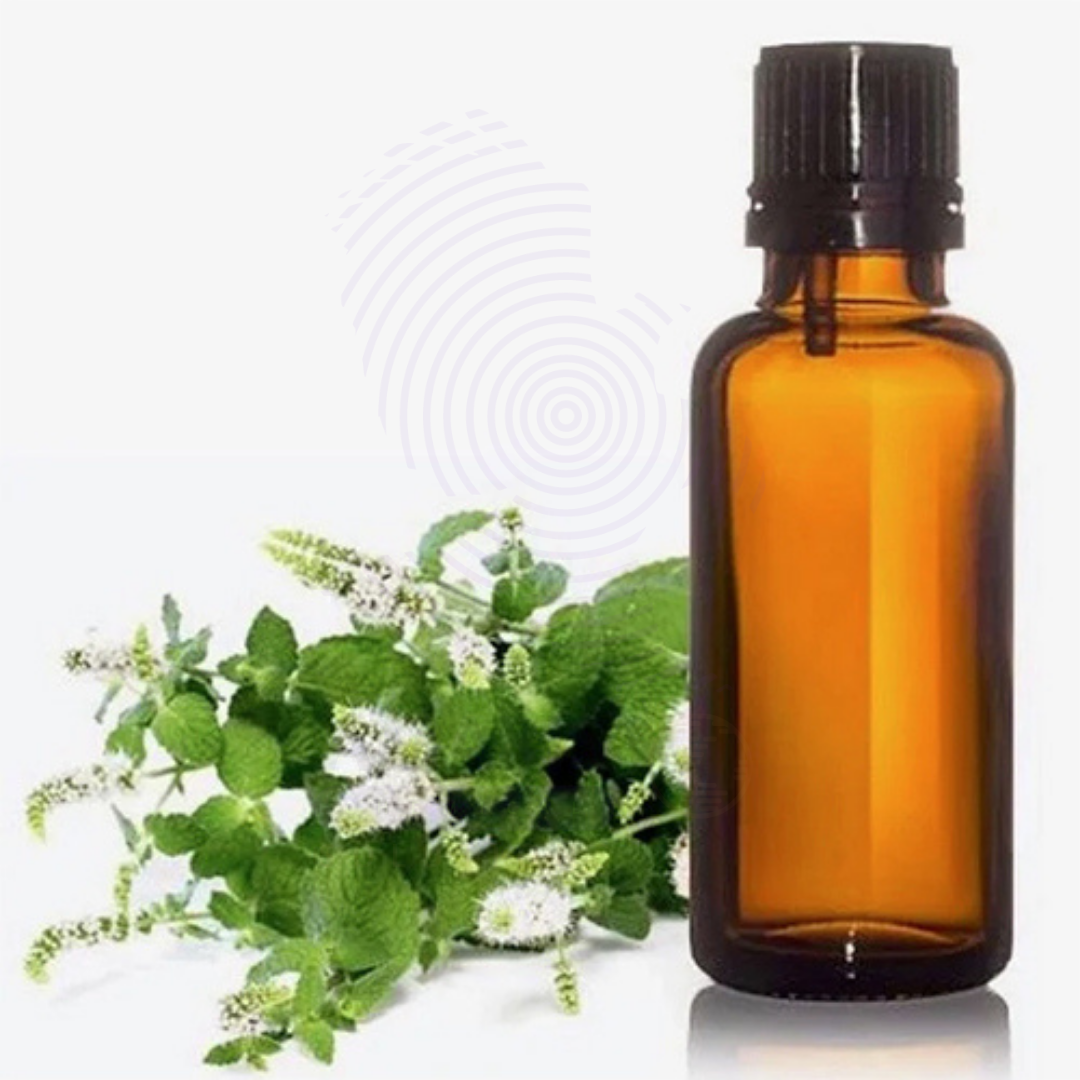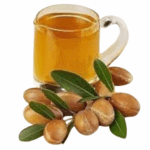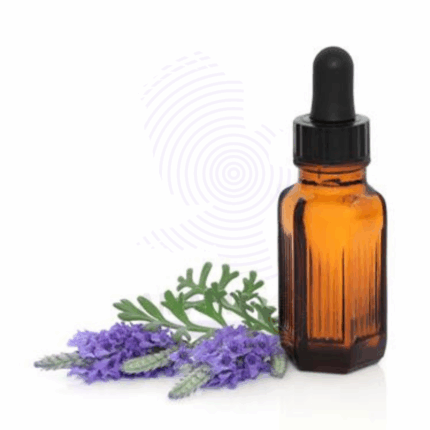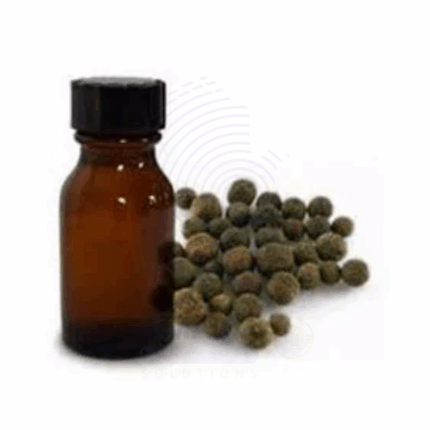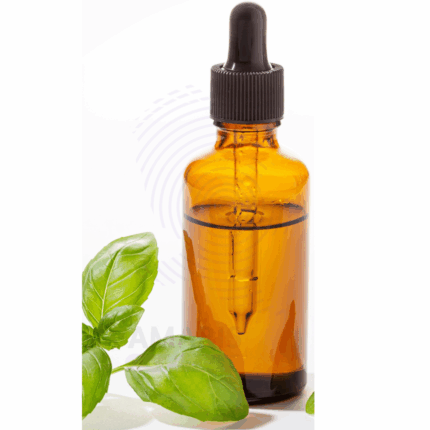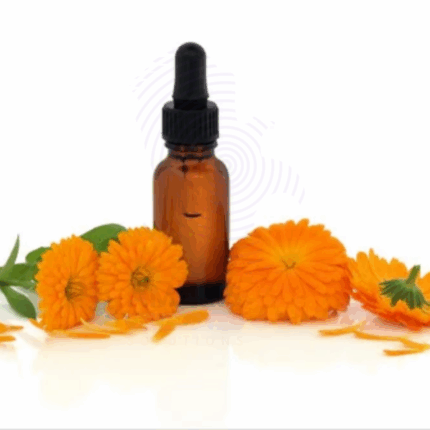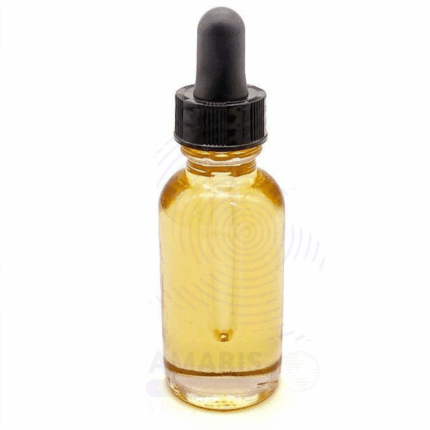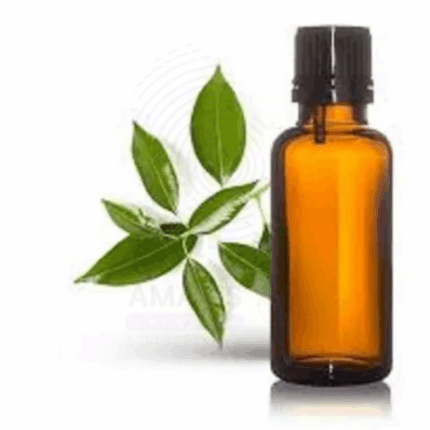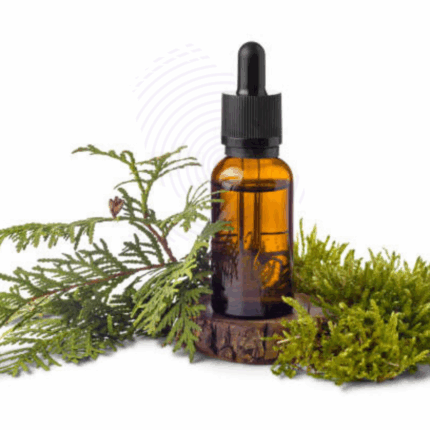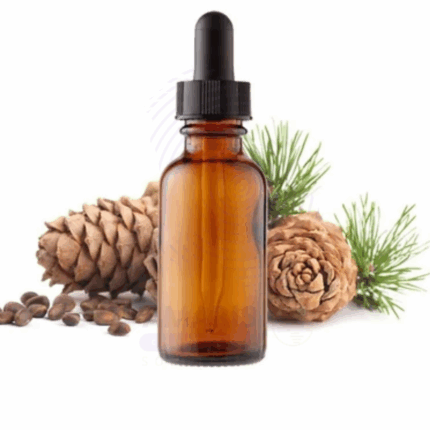Cajaput Oil
Cajaput Oil is a clear, penetrating essential oil obtained via steam distillation of the fresh leaves and twigs of the Melaleuca cajuputi or Melaleuca leucadendra tree, primarily native to Southeast Asia. With its strong, camphoraceous, and slightly fruity aroma, Cajeput Oil is known for its powerful antiseptic, analgesic, and expectorant properties. Rich in 1,8-cineole (eucalyptol), this oil has been traditionally used in topical rubs, respiratory blends, and muscle-relieving formulations.
Cajeput Oil is widely used in cosmetics, personal care, aromatherapy, and natural medicine products for its invigorating and purifying effects on both skin and the respiratory system. It is often compared to tea tree and eucalyptus oils due to its similar therapeutic actions.
Cajaput Oil
Primary Uses
- Cosmetics and Personal Care
- Included in creams, ointments, and gels for its antibacterial and anti-inflammatory effects on acne-prone or irritated skin.
- Used in scalp care products like shampoos and scalp oils for dandruff and itchy scalp relief.
- Added to foot care creams and deodorants for its antimicrobial and refreshing properties.
- Incorporated in body washes, soaps, and scrubs for a cooling, purifying skin effect.
- Used in muscle rubs and massage blends to soothe aches, joint stiffness, and minor pain.
- Aromatherapy
- Diffused to clear sinuses, ease breathing, and relieve congestion during colds and flu.
- Used in inhalation blends for respiratory support, especially in winter formulations.
- Blended in energizing or purifying diffuser blends to uplift mood and enhance mental clarity.
- Pharmaceutical and Therapeutic Applications
- Used in balms and chest rubs to alleviate symptoms of coughs, bronchitis, and sinus congestion.
- Incorporated in topical pain relief formulations for arthritis, muscle fatigue, and neuralgia.
- Found in antiseptic preparations and wound-care blends for minor cuts and insect bites.
Secondary Uses
- Natural Household Products
- Used in natural disinfectant sprays and cleaners for its antimicrobial properties.
- Added to insect-repelling formulas and aromatherapy mists.
- Veterinary and Animal Care
- Occasionally included in pet grooming and care products for its natural anti-parasitic action (at safe dilutions).
- Used in topical animal balms for minor irritations (with professional guidance).
1. Basic Identification Attributes
- Botanical Source: Melaleuca cajuputi / Melaleuca leucadendra
- Common/Trade Name: Cajeput Oil
- INCI Name: Melaleuca Cajuputi Leaf Oil
- CAS Number: 8008-98-8
- HS Code: 3301.29
- Synonyms: White Tea Tree Oil, Cajuputi Oil, Swamp Tea Tree Oil
2. Physical & Chemical Properties
- Physical State: Liquid
- Color & Odor: Clear to pale yellow; strong, fresh, camphoraceous aroma
- Solubility: Insoluble in water; soluble in alcohol and oils
- Main Components: 1,8-Cineole (Eucalyptol), alpha-terpineol, limonene, linalool
- Refractive Index: 1.460 – 1.475
- Specific Gravity: 0.895 – 0.930
3. Safety & Hazard Attributes
- GHS Classification: May cause skin or eye irritation; dilute before use
- Toxicity: Low when diluted properly; avoid ingestion
- Allergen Information: Contains eucalyptol and limonene
- Exposure Limits: Follow IFRA and local guidelines for dermal use
4. Storage & Handling Attributes
- Storage Conditions: Store tightly sealed in a cool, dark, and well-ventilated area
- Container Type: Amber glass or aluminum containers
- Shelf Life: 2 years when stored under proper conditions
- Handling Precautions: Avoid direct inhalation or contact with sensitive areas when undiluted
5. Regulatory & Compliance Attributes
- IFRA-compliant when used within approved limits
- Approved for cosmetic and external therapeutic use
- Not intended for ingestion without professional supervision
- Complies with major cosmetic regulations (FDA, EU, ASEAN)
6. Environmental & Health Impact
- Biodegradability: Biodegradable
- Ecotoxicity: Low environmental risk in appropriate concentrations
- Bioaccumulation: Not expected
Safety Handling Precautions
- PPE Required: Gloves and goggles during bulk handling
- Handling Guidelines: Use with caution; always dilute prior to topical use
First Aid Measures
- Inhalation: Move to fresh air; seek medical help if breathing is affected
- Skin Contact: Wash with soap and water if irritation develops
- Eye Contact: Rinse with water for several minutes; seek medical attention if needed
- Ingestion: Do not induce vomiting; seek immediate medical attention
Firefighting Measures
- Fire Hazards: Flammable
- Extinguishing Media: CO₂, foam, dry chemical
- Special Precautions: Use protective equipment; avoid inhaling smoke
- Hazardous Combustion Products: Carbon oxides, volatile hydrocarbons


 Preservatives(food)
Preservatives(food) Flavor Enhancers
Flavor Enhancers Acidulants
Acidulants Sweeteners
Sweeteners Antioxidants
Antioxidants Colorants(food)
Colorants(food) Nutraceutical Ingredients (food)
Nutraceutical Ingredients (food) Nutrient Supplements
Nutrient Supplements Emulsifiers
Emulsifiers
 Collectors
Collectors Dust Suppressants
Dust Suppressants Explosives and Blasting Agents
Explosives and Blasting Agents Flocculants and Coagulants
Flocculants and Coagulants Frothers
Frothers Leaching Agents
Leaching Agents pH Modifiers
pH Modifiers Precious Metal Extraction Agents
Precious Metal Extraction Agents
 Antioxidants(plastic)
Antioxidants(plastic) Colorants (Pigments, Dyes)
Colorants (Pigments, Dyes) Fillers and Reinforcements
Fillers and Reinforcements Flame Retardants
Flame Retardants Monomers
Monomers Plasticizers
Plasticizers Polymerization Initiators
Polymerization Initiators Stabilizers (UV, Heat)
Stabilizers (UV, Heat)
 Antifoaming Agents
Antifoaming Agents Chelating Agents
Chelating Agents Coagulants and Flocculants
Coagulants and Flocculants Corrosion Inhibitors
Corrosion Inhibitors Disinfectants and Biocides
Disinfectants and Biocides Oxidizing Agents
Oxidizing Agents pH Adjusters
pH Adjusters Scale Inhibitors( water)
Scale Inhibitors( water)
 Antioxidants(cosmetic)
Antioxidants(cosmetic) Emollients
Emollients Fragrances and Essential Oils
Fragrances and Essential Oils Humectants
Humectants Preservatives
Preservatives Surfactants(cosmetic)
Surfactants(cosmetic) Thickeners
Thickeners UV Filters
UV Filters
 Fertilizers
Fertilizers Soil Conditioners
Soil Conditioners Plant Growth Regulators
Plant Growth Regulators Animal Feed Additives
Animal Feed Additives Biostimulants
Biostimulants Pesticides (Herbicides, Insecticides, Fungicides)
Pesticides (Herbicides, Insecticides, Fungicides)
 Active Pharmaceutical Ingredients (APIs)
Active Pharmaceutical Ingredients (APIs) Excipients
Excipients Solvents(pharmaceutical)
Solvents(pharmaceutical) Antibiotics
Antibiotics Antiseptics and Disinfectants
Antiseptics and Disinfectants Vaccine Adjuvants
Vaccine Adjuvants Nutraceutical Ingredients (pharmaceutical)
Nutraceutical Ingredients (pharmaceutical) Analgesics & Antipyretics
Analgesics & Antipyretics
 Analytical Reagents
Analytical Reagents Solvents(lab)
Solvents(lab) Chromatography Chemicals
Chromatography Chemicals Spectroscopy Reagents
Spectroscopy Reagents microbiology-and-cell-culture-reagents
microbiology-and-cell-culture-reagents Molecular Biology Reagents
Molecular Biology Reagents Biochemical Reagents
Biochemical Reagents Inorganic and Organic Standards
Inorganic and Organic Standards Laboratory Safety Chemicals
Laboratory Safety Chemicals Specialty Laboratory Chemicals(Special Laboratory Equipment)
Specialty Laboratory Chemicals(Special Laboratory Equipment)
 Demulsifiers
Demulsifiers Hydraulic Fracturing Fluids
Hydraulic Fracturing Fluids Scale Inhibitors(oil)
Scale Inhibitors(oil) Surfactants(oil)
Surfactants(oil) Drilling Fluids
Drilling Fluids
 Dyes and Pigments
Dyes and Pigments Bleaching Agents
Bleaching Agents Softening Agents
Softening Agents Finishing Agents
Finishing Agents Antistatic Agents
Antistatic Agents
 Admixtures
Admixtures Waterproofing Agents
Waterproofing Agents Sealants and Adhesives
Sealants and Adhesives Curing Compounds
Curing Compounds Concrete Repair Chemicals
Concrete Repair Chemicals Anti-Corrosion Coatings
Anti-Corrosion Coatings
 Surfactants(cleaning)
Surfactants(cleaning) Builders
Builders Enzymes
Enzymes Solvents (Cleaning)
Solvents (Cleaning) Fragrances
Fragrances
 Electronic Chemicals
Electronic Chemicals Catalysts
Catalysts Lubricants
Lubricants Photographic Chemicals
Photographic Chemicals Refrigerants
Refrigerants Automotive chemicals
Automotive chemicals Pyrotechnic Chemicals
Pyrotechnic Chemicals
 Biodegradable Surfactants
Biodegradable Surfactants Bio-based Solvents
Bio-based Solvents Renewable Polymers
Renewable Polymers Carbon Capture Chemicals
Carbon Capture Chemicals Wastewater Treatment Chemicals
Wastewater Treatment Chemicals
 Pigments
Pigments Solvents(paint)
Solvents(paint) Specialty Coatings
Specialty Coatings Binders/Resins
Binders/Resins Additives
Additives Driers
Driers Anti-Corrosion Agents
Anti-Corrosion Agents Functional Coatings
Functional Coatings Application-Specific Coatings
Application-Specific Coatings
 Fresh Herbs
Fresh Herbs Ground Spices
Ground Spices Whole Spices
Whole Spices Spice Blends
Spice Blends Dried Herbs
Dried Herbs
 Leavening Agents
Leavening Agents Dough Conditioners
Dough Conditioners Flour Treatments
Flour Treatments Fat Replacers
Fat Replacers Decoratives
Decoratives Preservatives(baking)
Preservatives(baking)
 Plasticizers & Softeners
Plasticizers & Softeners Reinforcing Agents
Reinforcing Agents Adhesion Promoters
Adhesion Promoters Vulcanizing Agents
Vulcanizing Agents Antidegradants
Antidegradants Blowing Agents
Blowing Agents Fillers & Extenders
Fillers & Extenders Accelerators & Retarders
Accelerators & Retarders